I am building a low pass filter. This is the equation I'm using to calculate what frequencies I want to pass though, but I have a couple questions on details.
$$ f_c = \frac{1}{2\pi RC} $$
What goes into R? Does the resistance of the load (R2) affect R? Say R2 is fixed, are there any rules for selectring R1, like load matching?

simulate this circuit – Schematic created using CircuitLab

